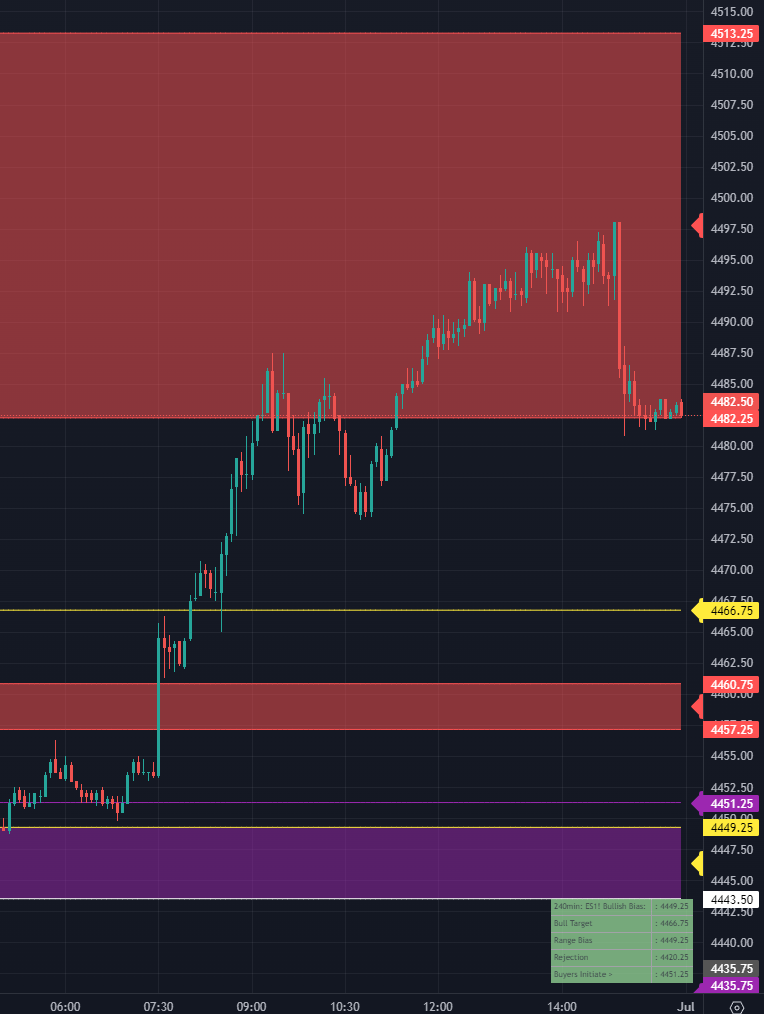Introduction:
In the world of trading, charting and analysis play a crucial role in making informed decisions. The art of charting and analysis holds paramount significance in making astute decisions. The battle for profit is waged through the dynamic interplay of charts and analysis. Charting and analysis undoubtedly hold the keys to our success. Let’s face reality, the majority of traders do not follow a fully automated trading plan that automatically executes their trades, manages positions, and books the gains. For the majority of traders, finding trading setups relies on the process of manual charting.
However, the process of manual charting can be subjective and heavily influenced by our emotions and biases. Manual charting leaves us vulnerable to emotions and biases. But fear not! Automated analysis tools have emerged as the ultimate solution to overcome these challenges and enhance our trading approach. Many traders have turned to the power of automated analysis. In this blog, we will explore the advantages of incorporating automated analysis tools into our trading strategies, shedding light on how they eliminate emotions, promote consistency, and expedite the learning process.
The Pitfalls of Manual Charting:
When we engage in manual charting, we expose ourselves to the inherent subjectivity and interpretation that comes with it. When we rely solely on our subjective interpretations, we expose ourselves to the whims of our mental and emotional states. Our mental and emotional states significantly impact our observations and analyses. Often, we fail to recognize the magnitude of emotions and how they can sway our decision-making. This is particularly evident during drawdowns or periods of emotional distress when our judgment becomes clouded, leading to potentially detrimental trading decisions.
Imagine the magnitude of emotions during drawdowns or moments of distress, when our judgment becomes clouded, and rational decision-making takes a backseat. It's in these critical moments that detrimental trading decisions are made, causing setbacks and missed opportunities. Emotions lead to doubt. Doubt clouds our judgement. Clouded judgement leads to losses. Removing emotions from the decision making process is the first step to becoming a successful trader.
Taking Advantage of Automated Analysis:
To counteract the emotional pitfalls of manual charting, many traders have turned to automated analysis tools. By incorporating these tools, traders can remove emotions from the charting process and establish a more objective and consistent approach. Automated analysis provides a predefined framework for viewing and analyzing the markets, ensuring that decisions are based on a set of rules and criteria rather than momentary emotions or biases.
The Advantages of Automated Analysis:
1. Eliminating Emotional Biases: By relying on automated analysis, traders can make decisions with a higher degree of objectivity. The predefined rules and criteria of the automated tools help remove emotional biases, allowing for more rational and disciplined trading decisions.
2. Consistency in Decision-Making: Automated analysis promotes consistency in the trading process. Traders can follow a systematic approach that is not influenced by fluctuating emotions. This consistency fosters reliability and objectivity in assessing market conditions, leading to more robust trading strategies.
3. Accelerated Learning: Contrary to the belief that manual charting is the only way to learn, incorporating automated analysis can expedite the learning process. Through the consistent application of a predetermined method, traders can readily identify patterns, trends, and market dynamics. This accelerated learning empowers traders to gain a deeper understanding of market behavior and refine their strategies more efficiently.
4. Advanced Analytical Capabilities: Automated analysis takes on the heavy lifting of market analysis, providing traders and investors with a plethora of advanced capabilities. These tools can identify key support and resistance levels, determine the direction of the market, warn of potential price traps, generate entry and exit signals, and much more. By harnessing the power of automation, traders can gain a comprehensive understanding of market dynamics and leverage precise insights to optimize their trading strategies.
The Synergy of Manual Charting and Automated Analysis:
While automated analysis offers undeniable advantages, it does not render manual charting irrelevant. Manual charting still serves as a valuable tool for honing observational skills and developing a nuanced understanding of the markets. By integrating automated analysis alongside manual charting, traders can benefit from the best of both worlds – the objectivity and consistency of automated analysis, coupled with the experience and intuition derived from manual charting.
-Bitcoin chart created with automated levels
-Berkshire Hathaway, Inc chart created with automated levels
-ES Futures chart created with automated levels
Conclusion:
In the ever-evolving world of trading, incorporating automated analysis tools can be a game-changer. By leveraging these tools, traders can mitigate the impact of emotions, maintain consistency, expedite the learning process, and develop more robust trading strategies. While manual charting has its merits, combining it with automated analysis allows for a comprehensive and balanced approach to market analysis. By embracing the power of automated analysis, traders can navigate the markets with greater confidence and achieve more consistent results.
- Support and Resistance levels created with automated levels
If you're interested in exploring automated analysis tools further or have any questions regarding their implementation in your trading journey, feel free to reach out. Happy trading! 📈💻







I am interested in the automated analysis options available. What do you like and use?